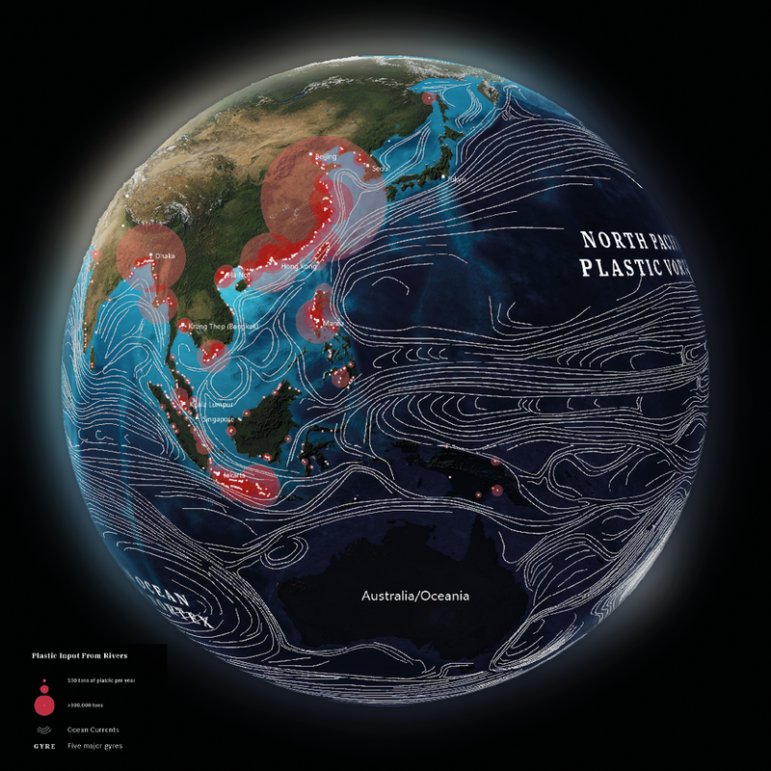
GIJN Webinar — Investigating the Pandemic: Masterclass on Online Research with Paul Myers
Reporting on the ground and interviewing people face-to-face have become high-risk activities during the COVID-19 pandemic. But there are ways to continue investigative work using your computer and cutting-edge online techniques – critical skills at all times. Join us for this GIJN webinar, Online Research with open source sleuth Paul Myers, part of GIJN’s series Investigating the Pandemic.









